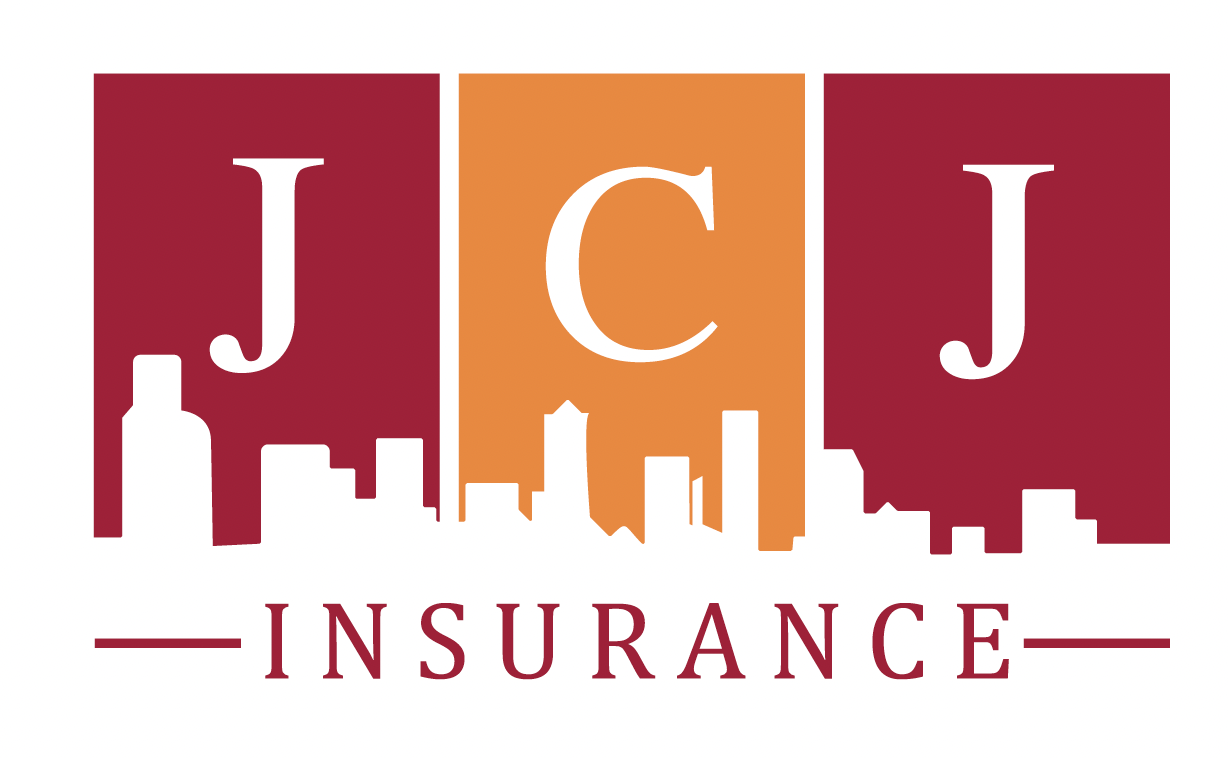Tips and tricks for editing risk out of standard business agreements
By Glen R. Mangold and Charles W. Kopplin
When a design professional reviews a contract, the sight of certain words or phrases can make them uncomfortable. This uneasy sensation is caused by an overly broad standard of care and the appearance of certain duties that should not be a part of a professional services agreement.
Recognizing and negotiating these words or phrases out of an agreement will help a design professional create an equitable playing field and allocate risk in an appropriate way. A few examples: “All” – In the phrase “comply with all codes, laws, rules,” the word “all” increases the obligations of the design professional. There are thousands of codes, laws, and rules, and some of them conflict with another and many are open to interpretation by a public official. At a minimum, the word “all” should be replaced with the word “applicable.”
Another instance when the word “all” is troublesome is in the “the design professional agrees to be responsible for all their errors and omissions.” Professional services do not have to be perfect, and non-negligent errors and omissions are allowable while still meeting the standard of care. The words “all their” should be replaced with “their negligent.”
“Assure” or “Ensure” – These words imply accuracy is being guaranteed. In the phrase, “during site visits, the design professional shall ensure the contractors work is being done in conformance with the construction documents,” the design professional is required to make sure the work is in conformance with the contract documents. It is not appropriate for the design professional to guarantee the contractor’s work. Instead, use a phrase such as “the design professional shall observe the quality and progress of the contractor’s work.”
“Best”– In many instances the word “best” is troublesome. These include “the firm will assign its best staff to the project,” “the design professional will use its best judgment” and “the design professional will use its best efforts.” Because there is only one “best,” the design professional should not be agreeing to provide it. The word “best” should be deleted and, if appropriate, replaced with “good.”
“Complete” and “Accurate”– The phrase “the design professional’s construction document shall be complete and accurate” is problematic. There has never been a “complete and accurate” set of construction documents, because perfection is virtually impossible to attain when professional services are being provided. Non-negligent errors and omissions normally occur in construction documents. Perfection is something that is strived for, but is not required under the standard of care. The words “complete” and “accurate” should not be used.
“Certifications,” “Guarantees” and “Warranties” – These words should never be provided. They are asked for in phrases like “design professional certifies the project was constructed in compliance with the construction documents” or “the design professional guarantees the project will be certified with LEED Gold” or “design professionals warrants that the project will comply with all codes, laws, and rules.” Design professionals are providing a service, not a product. Hence, “certifications, guarantees, and “warranties” are not appropriate and they are not covered by professional liability insurance policies. These words should be stricken.
“Highest” – the phrase “the design professional shall perform to the highest professional standards” raises the standard of care. A design professional is only required to “perform with that degree of care and skill ordinarily exercised by members of the same profession.” No firm states that they are “ordinary” in their marketing material. However, if a design professional agrees to perform to a higher standard of care, they could find that they do not have coverage under their professional liability policy.
“Sole”- in a client-drafted indemnity, the word “sole” may appear, as in “the design professional shall indemnify the client for any claim caused in whole or part by the design professional, except for those caused by the sole negligence of the client.” This means the client could be 99 percent at fault, and the design professional would be liable for all costs of the claim. It is rare that any entity is “solely” responsible for something, and the word should be stricken.
These are some of the words and phrases that do not belong in an equitable professional services agreement. Design professionals should make sure they are only agreeing to perform with the degree and skill ordinarily exercised by design professionals. If they find themselves in a lawsuit, they will be glad to have made these considerations and changes in advance.
This article originally appeared in Engineering, Inc., January/February 2014. Glen R. Mangold is the managing director of the Architects/Engineers program for Markel Corporation, a leading provider of professional liability insurance. He has more than 23 years’ experience in the insurance industry. Charles W. Kopplin has more that 40 years’ experience as a consulting engineer, including 14 years as a consulting engineer, including 14 years as the risk manager for an ENR Top 500 Design Firm.
